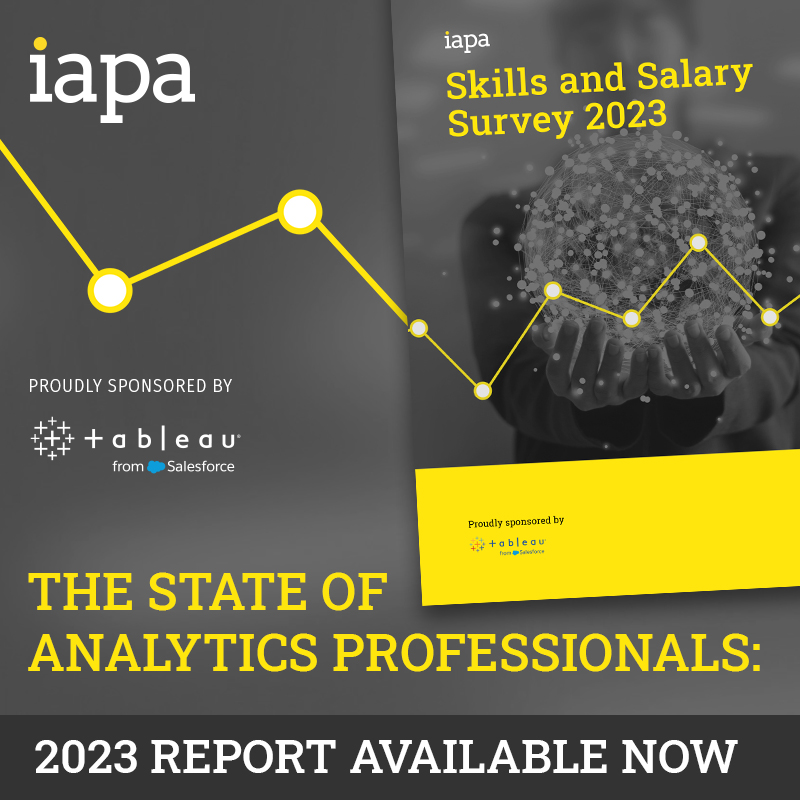For many, the thought of artificial intelligence (AI) may conjure up images of robots doing everything from building cars to answering customer phone calls, but AI isn’t futuristic; it’s the present.
AI technology has become widely used in elements of larger systems, but the technology is rarely credited for these successes.
It is likely that you’ve been a witness to many of the latest advances in medical diagnosis or stock trading, many of which now have AI at their core.
This lack of transparency when it comes to the use of AI is undoubtedly contributing to this “fear” that robots are taking over the world, as well as a lack of understanding about the capabilities.
A recent Pegasystems study found the majority of users are not aware they’ve used AI, with only 37% of Australian respondents recalling they had had direct AI engagement.
But despite being open to the uptake of AI, only 40% were comfortable with businesses using AI to engage with them, including instances where customer service experience would be improved through AI.
It’s evident consumers are confused and mistrustful about AI, despite its benefits to their everyday experiences.
Where AI truly excels is when its embedded into specific apps, and can perform tasks as varied as asking a virtual assistant, like Siri, to send a text message, or even filtering out spam emails from your inbox, all with the end-goal of enhancing the user experience.
Developers and organisations that want to gain users’ trust should look to incorporate AI into their apps not just with efficiency of operations in mind, but also with a focus on user experience.
If done well, the AI functionality should ideally be unnoticed by the end-user, and integrate seamlessly with the human-powered parts of the experience.
A number of businesses are already well on their way to achieving this by applying AI in seamless ways, to benefit the end user.

Graham McCorkill, Co-founder and Managing Director, Buzinga
1. Purchase predictions with Amazon
Automated reasoning is one of the most powerful applications of AI to help the consumer, in this case a shopper, make a purchase more easily. Amazon has patented “anticipatory shipping”, a technology that sends you items before you need them, removing the need for you to make last-minute visits to the website.
With enough data on your purchase history for certain products, Amazon can prompt you to purchase more toothpaste, for example, when its algorithm predicts you are about to run out.
These types of analytics allow businesses to provide a more seamless customer experience, and ensures that other retailers don’t even get a chance to compete for shoppers’ dollars.
2. Netflix’s recommendation services
The reason why most apps fail within the first year of their launch is because they don’t provide fresh content to continuously engage users. If the content isn’t relevant to the end user, the app will ultimately lie dormant or be deleted.
Netflix has combatted this problem by being guided by the user to determine which content they will find the most engaging; utilising session data to make more personalised and targeted content pushes.
Recommendations based on past behaviour is perhaps the simplest application of AI. By monitoring the choices users make and inserting them into a learning algorithm, these apps make recommendations that users are likely to be interested in.
Utilising AI to learn user behaviour makes each app session more memorable and valuable than the last. Netflix’s adoption of regular personalised content in its users’ feeds is a classic example of AI learning from your behaviour.
Furthermore, having recently updated its rating system to be more transparent about the content recommended, Netflix has proved it is keeping customers at the core of its focus.
3. SnapTravel and learned behaviour patterns
SnapTravel is a newcomer to the travel booking industry, and is essentially a half-bot, half-human hotel booking service. What sets SnapTravel apart from Expedia and Booking.com’s own bots, is its unique approach to using both chatbots and human agents to assist travellers in finding and booking their accommodations.
SnapTravel uses natural language processing and machine learning to have realistic conversations with users suited to their preferences. If a user stumps the bot with a request, a human agent intervenes and teaches the bot how to not make the same mistake next time.
Customers are increasingly demanding technology that promotes and offers convenience; achieving their goals in as few steps as possible. Learning behaviours and using data is an important part of the success of AI technology, and by capitalising on the information provided by users during their time on the app, SnapTravel can offer users more targeted accommodation options.
As these applications show, AI is an exciting space to be in because of its ability to deliver awesome experiences for customers. Forward-thinking businesses are rapidly integrating AI into their apps, and are finding success because they are keeping their customers’ needs at the centre of everything they do.
By learning user behaviour and utilising their data to improve their experience, any type of business can adopt AI to create hyper-useful experiences for their customers.
Graham McCorkill is Co-founder and Managing Director of Buzinga, an Australian app development agency specialising in designing and executing mobile experiences for businesses. He has more than 35 years of experience as a global business manager, entrepreneur and CEO, spanning across enterprise software implementation, next generational marketing solutions and international retail management.









